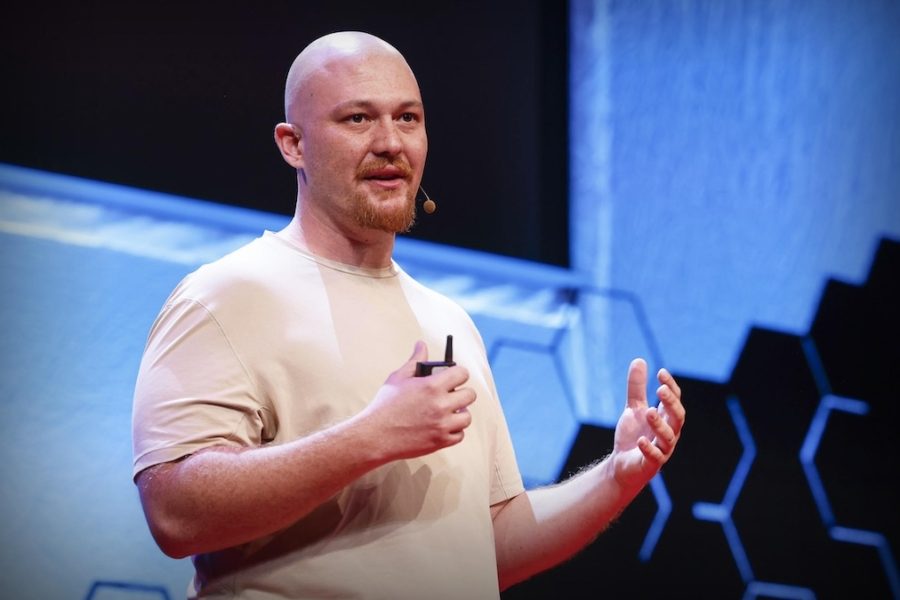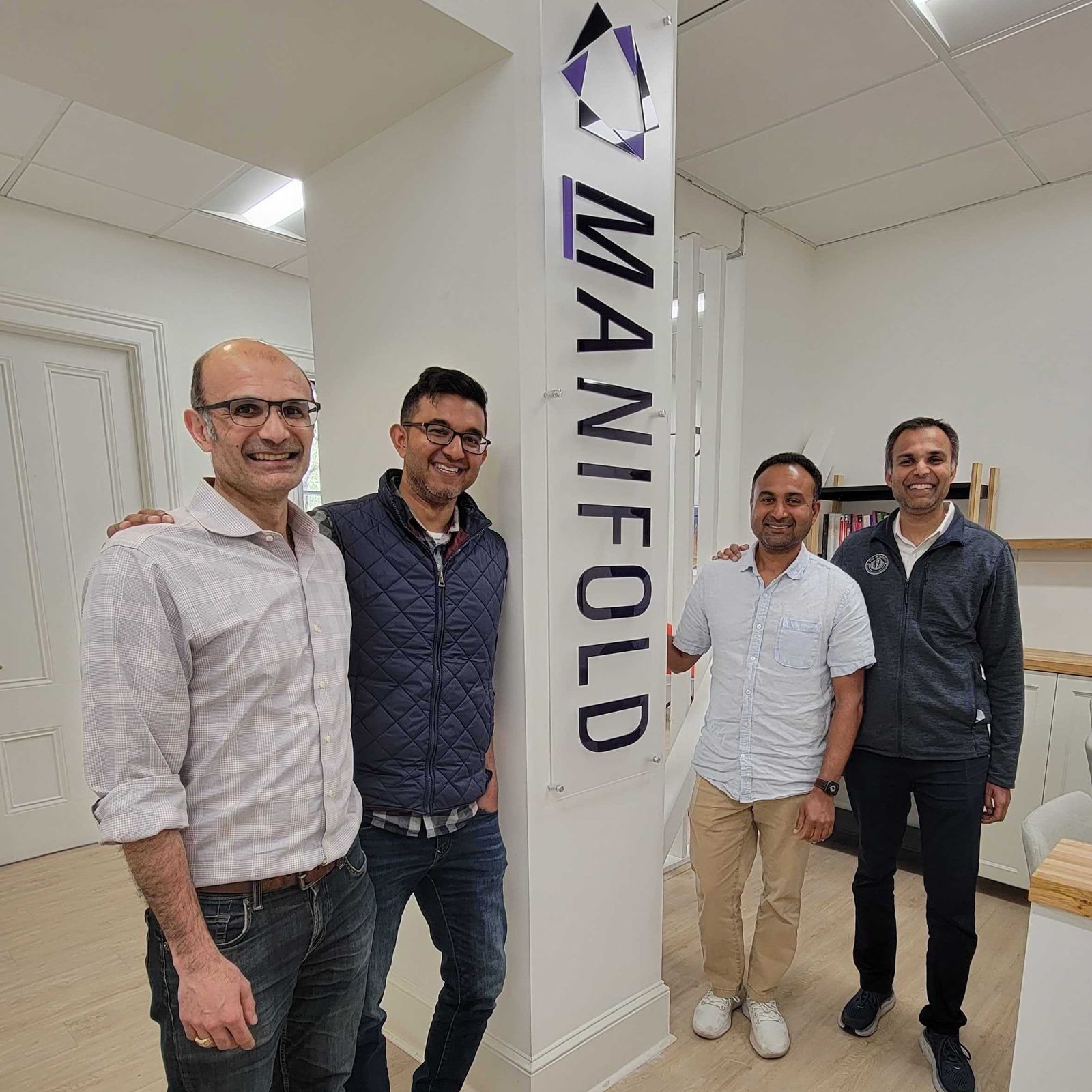How Reach Companies Make Work Work in a Hybrid/Remote Era

Return to office remains an ongoing debate. Lately, employers have been mandating stricter in-office policies even as employees have become accustomed to more flexible arrangements at home. Finding the balance between flexibility, productivity and team culture is a complex calculus, and what the “right” configuration looks like will vary for everyone.
It’s a question that we, along with our portfolio companies, have been exploring deeply. Last year, we surveyed our founders about their work configuration and recently shared the anonymized results. Startup guru and Stanford professor Steve Blank also discussed the findings and opined on why startups with in-office expectations may be seeing more growth.
In a recent AMA with our portfolio, we invited three founders of startups at different stages and geographies to share their experiences:
- Michel Mosse, Co-Founder and CEO of Owners, a platform for entrepreneurs to start and grow home services businesses.
- Omar de Silva, Co-Founder and Co-CEO of FourthRev, a provider of digital skill training in partnership with leading tech platforms and universities.
- Eli Ross, COO of Brilliant, which offers interactive courses for students and adults in math, science, and computer science.
Owners
Work Configuration: Office
Offices: New York, Buenos Aires
Stage: Pre-Seed
Michel Mosse is a firm believer in the importance of being together in the same place, particularly at the earliest stages in the startup journey:
“A lot of pre-product-market fit is like playing sports. With new teammates, or when playing a new sport, if you’re working out or practicing alone, it doesn’t work.”
Today, the marketing, sales, onboarding and customer success teams go in five days a week in the Buenos Aires office. That wasn’t always the case. Last year, these teams spanned other countries, and it was hard at times to get everyone in sync. Sales sometimes brought in more clients than the onboarding and customer success teams could support, for instance. They’ve since consolidated these groups and “we’ve seen increased velocity across these teams because everybody is in the same place,” shares Mosse.
He stressed the importance of setting clear expectations about working in-person from the get-go, especially at the hiring phase. “We recognize that people have gotten used to a way of living and working. It’s important to have everyone on the same team in the same office. It’s up to the team to convince them of the value of their office. Leadership needs to be bought in.”
That lesson starts at the top. Mosse is based in New York, while his co-founder Ed Escobar was in Miami. They used to fly to each other on a monthly basis, but realized that many of the things that required a call, meeting or a trip could be resolved over coffee or lunch.
Escobar will be joining Mosse in New York where he had been working out of one of their investor’s offices. But they will soon be getting their own space. Seeing clients in-person is important to building and nurturing relationships, and their space will also be available to them to work from.








